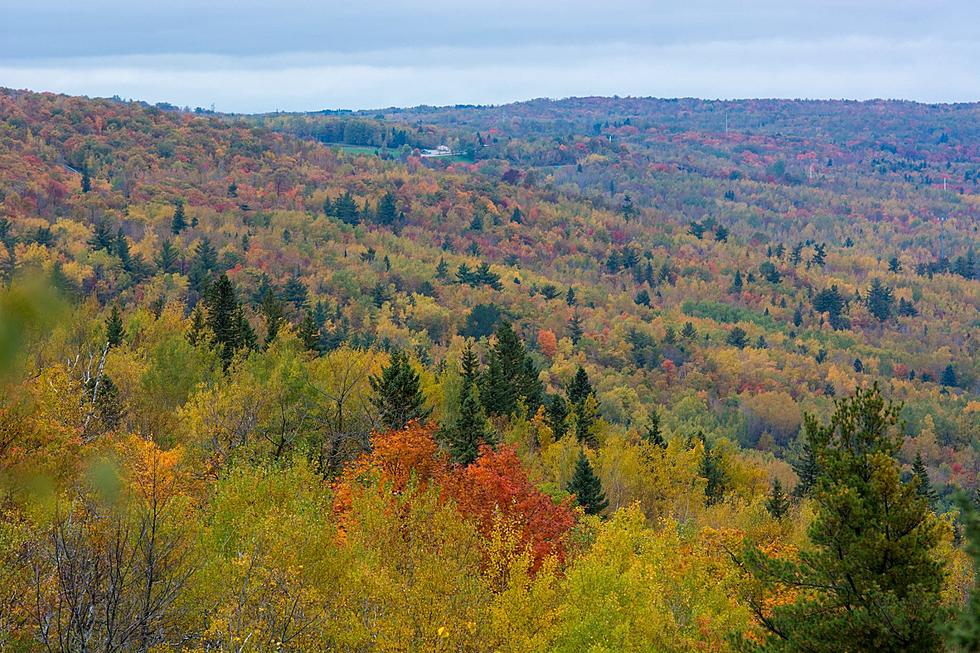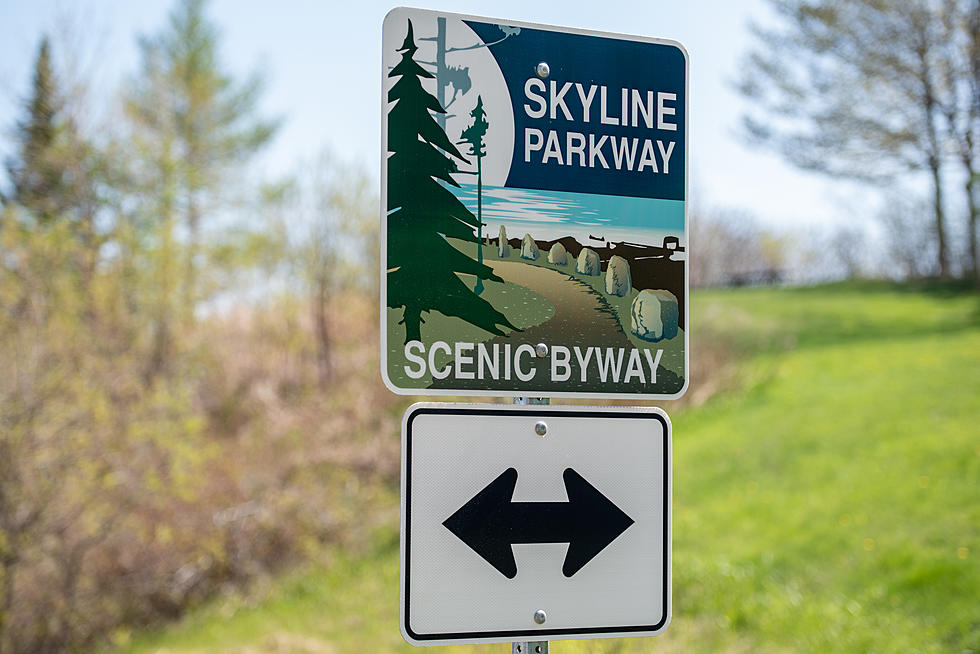
The Fascinating History Of Duluth’s Scenic Skyline Parkway
Duluth's Skyline Parkway is a stunning 25+ mile drive along the contour of the hillside that offers some spectacular scenery and panoramic views of the area as high as 500 feet above Lake Superior. Like many locals and visitors to the Twin Ports area, I've driven the road a number of times.
Despite having seen what it has to offer more than once, there's so much I didn't know about this scenic byway until I got curious and dug into the history of it.
The roadway is a popular attraction for the city, coming in as one of the top things to do in Duluth according to Tripadvisor. Some of the top reviews highlight this as a "very nice way to see Duluth and Lake Superior by car or bike".
While some reviews are not totally positive, it still draws an overwhelmingly positive view from most.
Users highlight scenic views, cool highlights like the Seven Bridges Road area, and great birding opportunities in places like Hawk Ridge. With so much to offer, it's easy to imagine there's a bit of a history for this road.
Skyline Parkway's humble beginnings
According to the City of Duluth, the earliest elements of what we now know as Skyline Parkway began development in the late 1800's. Duluth's first park board president, William Rogers, proposed the idea for the road to the Duluth City Council in 1888. His plan was realized as he oversaw construction of an early stretch of this historic road starting in 1889, running 5 miles Lincoln Park and what we now know as Chester Bowl.

This piece of roadway opened in 1892, named "Rogers Boulevard". It cost $312,000 to build, which included the costs of the roadbed itself, along with things like log and boulder barriers to define the road and protect drivers along the curvy path it took.
The road was referred to by some at the time as Duluth's first attraction. A 1899 statement in the Duluth News Tribune called it a must-see, declaring "On foot the lover of the picturesque would consume several days in viewing its charms, but he could easily see them all at his leisure behind a good horse in the space of several hours."
Visitors had the option to rent a horse and buggy with a driver, a bicycle, or simply a horse to experience the road if they didn't want to walk.
The iconic addition of "Seven Bridges Road" comes a few years later
You might be familiar with the name Snively from Duluth landmarks like Magney-Snively Park and Snively Road. These things were named after Samuel F. Snively, who would serve as Duluth's longest-serving mayor to-date, holding the role for 16 years from 1921 through 1937.
Before his time as mayor, he helped in the start of the construction of what is now called Seven Bridges Road, which connected to Rogers Boulevard and extended through the Amity Creek area.
Construction began in 1899, and concluded in 1901. The project cost $12,000, and Snively paid for about half of the project himself, partially because the road offered a personal benefit. It would provide easier access to his home, as well as provide much-needed jobs to people in the area. Snively later donated this stretch of road to the City of Duluth.
Expansion west
A few years after the eastward project at Amity Creek, westward expansion began. In 1904, construction began west from Rogers Boulevard's endpoint in Lincoln Park to Thompson Hill. This brought Rogers Boulevard to 18 miles, making up a majority of what is now known as Skyline Parkway.
In 1925, the "Mayor's Boulevard Extension" opened, which stretched from Thompson Hill to Becks Road. This stretch of roadway offers sweeping panoramic visuals of the St. Louis River and the communities below.
A sizable piece of this final stretch of road, along with portions of the Seven Bridges Road area close for the winter months, but offer beautiful scenery during the months when they are open.
Following the completion of the "Mayor's Boulevard Extension", what we now know as Skyline Parkway was essentially completed.
There was an additional expansion attempt to from the Becks Road end of the byway to Jay Cooke State Park in 1928, which was never fully developed. This was referred to as "Mission Creek Boulevard". While the road itself was never fully completed, you can still travel on its path today. The Mission Creek Parkway Trail follows a combination of the roadbed and an old railroad grade to connect from Becks Road to Highway 210 in Jay Cooke State Park.
Completing the journey to what we know as "Skyline Parkway"
The end of the road to what we now know as "Skyline Parkway" came in 1929, as Mayor Samuel F. Snively declared declared the road project completed and oversaw the combination of the various pieces of this road renamed under a single name. A competition was held by the Duluth News Tribune to rename the road, which ultimately became known as Skyline Parkway.
4,000 entries were received in the naming contest. Rogers Boulevard, which encompassed a large part of the road, was a name that didn't seem to stick, with many locals leaning toward just calling the road "The Boulevard". Following the contest, the name "Skyline Parkway" was selected. Following this decision, signs were put up along the roadway, uniting the pieces of the project and developing what is now one of the city's highlights for visitors and locals alike.
27 City Park Spaces In Duluth + Superior To Spend Time Near The Water
Gallery Credit: Nick Cooper
More From MIX 108









